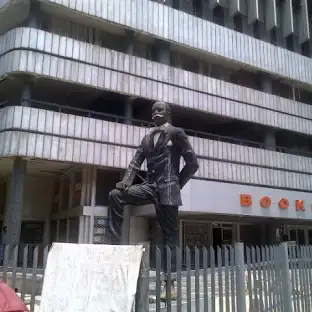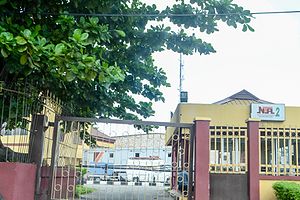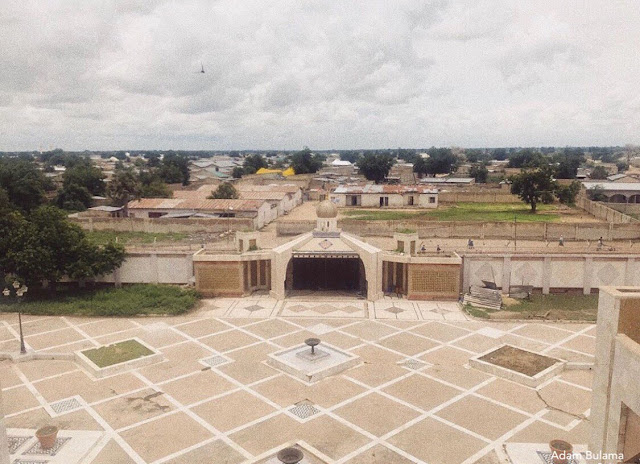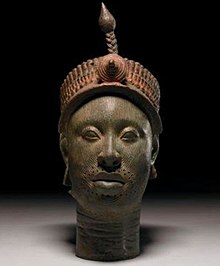Who is the First Man to Drive a Car in Nigeria?

Introduction
When we think about cars today, they’re a dime a dozen, zipping through every corner of the globe and forming an integral part of modern life. But there was a time when cars were a rare, almost mythical invention, sparking awe and fascination wherever they appeared. Nigeria’s story of the automobile’s arrival is a fascinating one, rooted in the early 20th century, when the first car graced the streets of Lagos. So, who is the first man to drive a car in Nigeria? And how did this event impact Nigerian society, culture, and transportation? Let’s dive into this remarkable tale of history, social change, and the start of Nigeria’s love affair with automobiles.

The Arrival of Automobiles in Nigeria
Cars didn’t just appear in Nigeria overnight. They were introduced during the British colonial period, a time of significant change and development across the country. The introduction of automobiles was driven largely by the colonial administration, which sought better means of transportation for administrative purposes. As a result, the first cars made their way to Nigeria as tools for officials rather than for the general public. But this development set the stage for Nigeria’s eventual embrace of the automobile.
Nigeria’s Transportation Before Cars
Imagine Nigeria before cars: people relied on traditional methods of transportation. Walking was the primary mode, while canoes and boats were essential along the rivers and coastlines. For transporting goods, animals like donkeys, horses, and camels were commonly used, especially in the northern regions. It’s fascinating to think how drastically the arrival of cars would eventually transform the transportation landscape.
Who is the First Man to Drive a Car in Nigeria?
The first man to drive a car in Nigeria was Herbert Macaulay. Known as the “father of Nigerian nationalism,” Macaulay wasn’t just a pioneer behind the wheel; he was a prominent figure in Nigeria’s history. His story goes beyond just being the first man to drive a car – he was an engineer, politician, and nationalist whose influence extended far beyond the streets of Lagos.
Background of the First Man To Drive A Car In Nigeria
Herbert Macaulay came from a distinguished background. Born in 1864, he was the grandson of Samuel Ajayi Crowther, the first African bishop in the Anglican Church. Macaulay’s education and exposure to Western ideas gave him a unique position in Nigerian society, and he became a key advocate for Nigerian rights. His work as an engineer and surveyor provided him with the resources and standing to become the first Nigerian to own and drive a car, a rare and symbolic status at the time.
Description of the First Car Driven
While the specific make and model of the first car are not always highlighted, it’s known that Macaulay’s vehicle was an early 20th-century model, likely a British-manufactured car, considering Nigeria’s colonial links to Britain. Early cars of this era were simple, with open tops, thin tires, and limited horsepower compared to today’s vehicles. This machine was not just a mode of transport but a statement of status and modernity.
How the Car was Acquired
Herbert Macaulay’s position as a prominent figure likely facilitated his access to a car. During this time, vehicles were either imported through British trading companies or acquired directly through colonial connections. It was a luxury few could afford, but Macaulay’s social standing and economic resources gave him the opportunity to purchase what was then a symbol of modernity and progress.
Reactions of the Nigerian People
You can imagine the reaction of the locals! The sight of a car must have been both shocking and thrilling, with people crowding the streets to catch a glimpse of this “iron horse” moving without any animal to pull it. For many, it was a marvel of technology, while for others, it might have seemed intimidating or even magical. Macaulay’s car ride became a public spectacle, cementing the car’s place in Nigerian history as a groundbreaking innovation.
Significance of the Event in Nigerian Society
This event wasn’t just about a man driving a car; it represented the entry of Nigeria into a new technological era. The presence of a car in Lagos signaled the possibility of modernization and hinted at the future potential of the Nigerian transportation system. It was a milestone that inspired both admiration and aspiration within Nigerian society, marking the beginning of the country’s gradual move towards mechanized transportation.
Influence on Nigerian Roads and Infrastructure
Macaulay’s car was a precursor to the need for better roads and infrastructure in Nigeria. The country’s early roads were primarily designed for walking, animal carts, and bicycles. With the introduction of automobiles, there was a growing need for improved road networks, which would eventually lead to the development of highways and paved roads. This transformation would be a slow process, but it was undeniable that Macaulay’s car had kick-started a new era for Nigerian infrastructure.
The Evolution of Nigerian Automobile Industry
From the single car driven by Herbert Macaulay to the booming industry Nigeria has today, the growth of the Nigerian automobile market is nothing short of impressive. The industry has evolved from the import of a few vehicles for colonial officials to the establishment of car assembly plants and the rise of Nigerian-made vehicles. This journey reflects the resilience and adaptability of the Nigerian economy and society.
Early Challenges of Car Ownership in Nigeria
Car ownership in the early days came with a unique set of challenges. The lack of paved roads, scarcity of fuel stations, and high importation costs made owning a car an arduous venture. Maintenance was also a struggle since mechanics and replacement parts were hard to come by. Owners had to rely on creative problem-solving and adaptability to keep their vehicles running in such a challenging environment.
Notable Figures Following the First Driver
After Herbert Macaulay blazed the trail as Nigeria’s first car driver, other notable figures soon followed suit, helping to popularize car ownership and drive Nigeria’s budding automotive interest. Influential leaders, wealthy merchants, and expatriates were among the first Nigerians to bring vehicles onto the scene. These individuals not only helped normalize car ownership but also contributed to the broader acceptance of modern technology in Nigerian society. Figures such as Nnamdi Azikiwe and Obafemi Awolowo, who were future leaders, would later be associated with vehicles, representing both status and the power of modern transportation.
The Legacy of the First Car and Driver Today
The legacy of Herbert Macaulay and his first car endures in Nigerian history. Today, the significance of that initial car journey is commemorated as a moment when Nigeria began its journey towards modernization. Macaulay himself remains a celebrated figure, with monuments, streets, and buildings named in his honor, symbolizing his role in Nigeria’s early strides toward technological and political independence. The automobile itself became a lasting part of Nigerian society, transitioning from a symbol of prestige to a commonplace necessity that touches all aspects of Nigerian life.
Conclusion
Herbert Macaulay’s historic drive through the streets of Lagos was much more than a first car ride; it was a moment that opened the door to an era of technological advancement and paved the way for Nigeria’s modernization. From humble beginnings, Nigeria’s relationship with the automobile has grown into an extensive, bustling industry that shapes both the economy and the lives of its people. Macaulay’s journey marks the inception of a Nigerian automotive culture that, to this day, continues to drive the nation forward.
FAQs
1. Who is the first man to drive a car in Nigeria?
Herbert Macaulay is recognized as the first man to drive a car in Nigeria. His pioneering journey with the automobile took place in the early 1900s and was a key milestone in Nigeria’s technological history.
2. Why was Herbert Macaulay significant in Nigerian history?
Macaulay wasn’t just the first man to drive a car; he was a political leader, an engineer, and an advocate for Nigerian rights. Known as the “father of Nigerian nationalism,” his work and influence extended far beyond automobiles.
3. How did the first car arrive in Nigeria?
The first car likely arrived in Nigeria through colonial British trading channels, which facilitated the import of various goods, including luxury items like cars for high-ranking officials and wealthy individuals.
4. How did the arrival of cars impact Nigeria’s infrastructure?
The arrival of cars highlighted the need for road improvements and better infrastructure. Initially designed for foot and animal traffic, Nigerian roads were gradually adapted to accommodate automobiles, leading to significant investments in road networks and urban planning.
5. What were the common modes of transportation in Nigeria before cars?
Before cars, Nigerians primarily relied on walking, animal carts, and boats for transportation. These methods were integral to daily life and suited the infrastructure of the time, which was limited to narrow footpaths and natural waterways.






One Comment